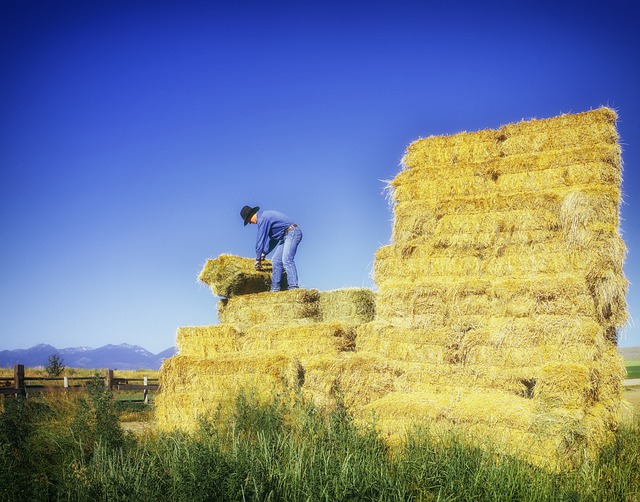Long-term Soil Strategies Drive Many Environmental Benefits at Park Farming Organics
Published: November 8, 2017
Scott Park of Park Farming Organics spoke on the farmer panel of this year’s CalCAN Summit plenary session. His farming practices model climate-beneficial agriculture through a diversified cropping approach, long-term management strategies for soil health (reduced tillage, cover cropping and additions of various sources of organic matter), and decreased use of pesticides, synthetic fertilizers, water, and energy.
This profile was made available by American Farmland Trust.
Scott Park never set foot on a farm until he was twenty years old. At that time, a fraternity brother connected him with the manager of a tomato operation in the Sacramento Valley, and Park ended up going into business with him. Six years later, he went out on his own. “The fact that I’m doing this is pretty much a fluke,” said Park. “I don’t go generations back. I think it gives me a different perspective because I didn’t have any preconceived notions about what farming is.” Today at Park Farming Organics, Park, joined by his wife Ulla and son Brian, farm 1,500 acres in Meridian, California. Out of that total, Park rents roughly 1,300 acres and owns about 200 acres. Almost all of the acreage has been certified organic by California Certified Organic Farmers (CCOF). Although he started out in tomatoes, Park’s crop portfolio has expanded to include rice, corn, wheat, millet, dry beans, herbs, cantaloupe, watermelon, cucumbers, pumpkins, squash, lettuce, gourds, stevia, coriander, flax, snow peas, safflower, sunflowers and more.
Problem
Before 1986, Park relied heavily on synthetic fertilizers, which he now characterizes as a short-term approach to farming. He switched to a long-term approach focused on nurturing soil health after noticing a nearby field was healthier than the ground he was working. “It slapped me in the face that what I was doing was completely wrong. My ground was getting harder and harder,” recalled Park.
Solution Implementation & Management
In 1989, Park grew his first cover crop. At any given moment each year, 700 of his roughly 1,500 acres are planted with cover crops. Park says, “The overall goal is to have a live root system in the ground as much of the year as possible.” Park Farming Organics uses oats, wheat, and vetch as cover crops. “What I try to do is have a heavy biomass crop and then a crop that is not as heavy as a biomass,” said Park. He estimated his farming operation adds, on average, ten to twelve tons of organic matter per year in the form of crop residue, cover crops, and compost. The additional organic matter has diminished his water needs.

